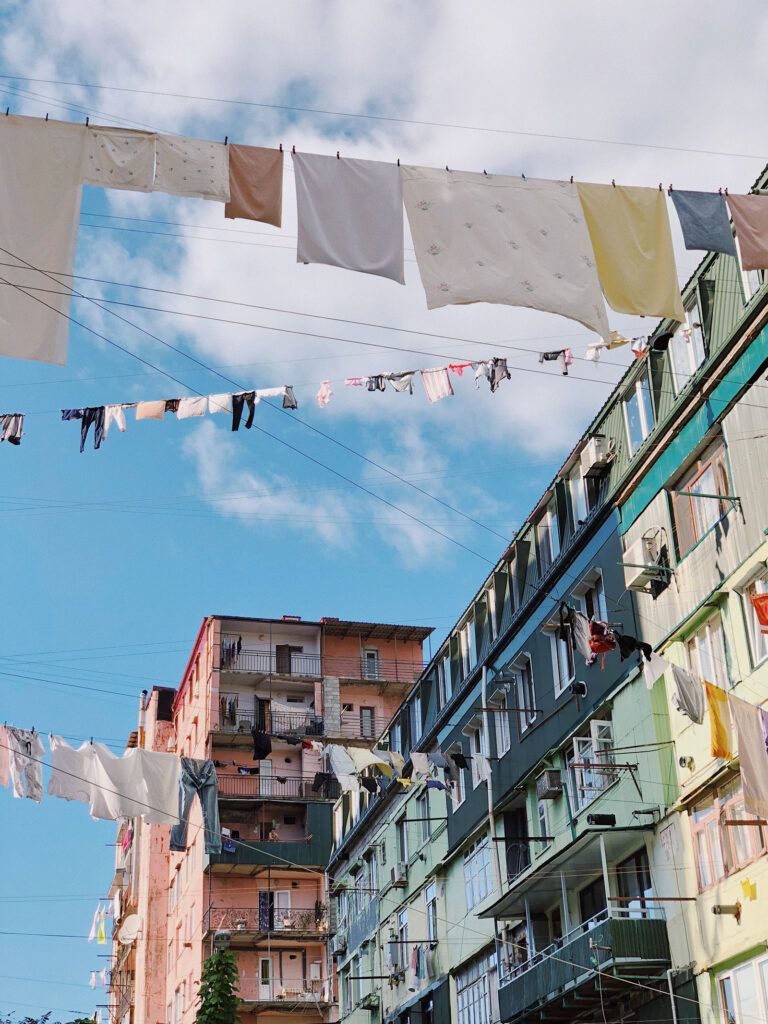If possible, use a humidity-controlled tumble drier with an energy efficiency class A or better.
Spin-dry laundry at the highest possible speed in the washing machine, because the less water the laundry contains the less energy and time is needed for drying. But keep in mind that spinning can result in heavier creasing.
Dimensionally – and heat-sensitive pieces – should not be placed in a tumble dryer.Fill tumble dryer completely but do not overload. If the dryer is overloaded, it will result in uneven drying and excessive creasing. Dry laundry only to the desired residual humidity; do not “over dry”.
Clean the lint filter after each use of the dryer.
Remove items from the dryer as soon as it stops and hang or fold them to prevent creases.
For many easy-to-clean laundry items, it is sufficient to spin-dry them and to put them on a hanger for final drying.
Only place articles which require the same drying time together in the dryer. Cotton and synthetics for example have a very different drying time. Some articles should preferably not be tumble dried e.g. cotton knitwear because of shrinkage, wool because of felt formation, silk and polyacryl articles because of heat damage and curtains because of the risk of creasing (follow the care instructions).
Some garments need to be heated or tumbled to keep their properties. It is important to read instructions.
